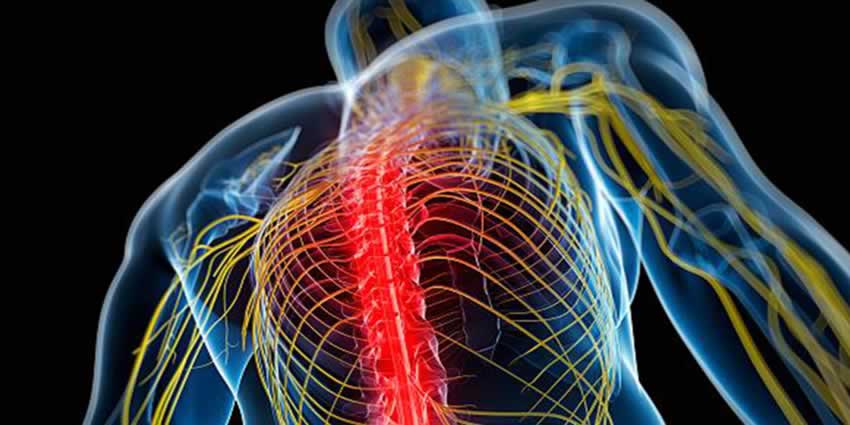How to identify and treat nerve tension pain
Nerve tension refers to pain caused by nerves being trapped in their surrounding tissue. This prevents them from moving freely within their tract as normal. There are many reasons this can occur. This can happen for many reasons.
| A few weeks back, we examined the topic Neurodynamics You will learn how, when, and why you should test for neuro tension. We decided to also discuss how to treat neural irritation, as we know the effects nerve irritation can make on patients’ symptoms. We’ll cover nerve gliding/tensioning. Nerve sliding. Active Release Therapy. IASTM. Nerve gliding and nerve-sliding are often mistakenly thought to be the same thing. In the following paragraphs, we will explain the differences. Nerve gliding, or nerve gliding, is an exercise that separates nerves from surrounding structures. It involves sliding the nerve via joint movements which lengthen the nerve (Coppieters&Butler 2008). A nerve that is stretched can also be lengthened by extending the nerve bed. This can lead to increased nerve tension and intra-neural pressure. This stretch can lead to decreased blood flow and cell death if it is held statically. Dynamic movements are able to pump some of this fluid out that is compressing the nerve. However, increasing symptoms can occur if the nerve bed gets longer. These exercises aren’t as common due to the potential for increasing symptoms. |
Nerve sliding is often confused for nerve gliding. Nerve gliding involves the lengthening of the nerve bed at one end and the shortening at another. The reason is that nerves can move easily without increasing strain. It was discovered that nerve sliding creates the longest nerve excursions with the lowest strain. Although nerve sliding may potentially cause more severe nerve excursions at the proximal and middle joints, it does not create as much strain. Nerve gliding shouldn’t be performed in an acute or non-surgical condition. It is in this situation that nerve sliding can be used.
A recent study showed that the sequence of nerve tensioning/gliding to each joint was irrelevant in determining nerve strain. However, it was shown that the sequences of joint movements could affect the place where nerve strain occurs. This could have some clinical implications. It may allow us to target specific locations if we are able to identify where the restrictions are. At this time, there are no studies that have been done in this region to determine its real-world utility.
Education was compared to education + neural treatment (both nerve sliding/gliding techniques were combined with cervical manual therapies), and the intervention group yielded superior results to the controls with no significant increased chance of exacerbations. It is important not only to point out the benefit of these nerve sliding/sliding exercises but also to consider the spine. Bad spinal mechanics can cause nerve irritation in addition to direct trauma. In some cases, only treating the nerve can mean treating the symptoms. If you find any abnormalities in the spinal cord, it is important that you examine them. Also, because manipulations may provide immediate relief from symptoms.
Two other treatments we would like to mention are: Active-Release Therapy for the treatment of saphenous nerve entrapment was used in a case (Settergren, 2012.) The clinician uses force to release the adhesion while the patient moves to free it. The maneuver is usually painful and causes significant pain. However, the patient experiences increased mobility and decreased pain. This method isn’t as useful for clinicians as it requires extensive training. Additionally, the research in the area is limited. Instrument-Assisted Tissue Mobilization, (IASTM), another technique we regularly use and have found success with. Although we have seen some immediate results on pain and other neural symptoms with this technique, there is not much research.

